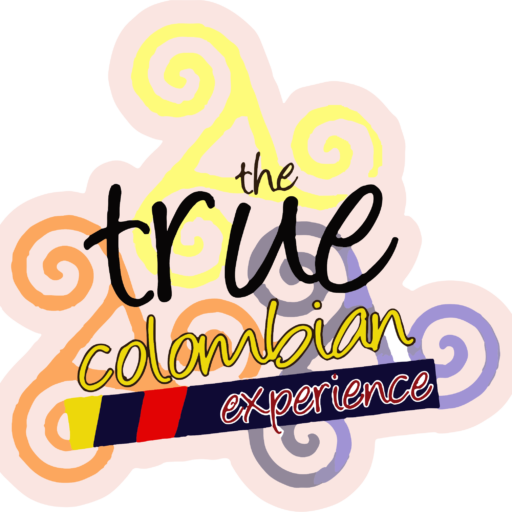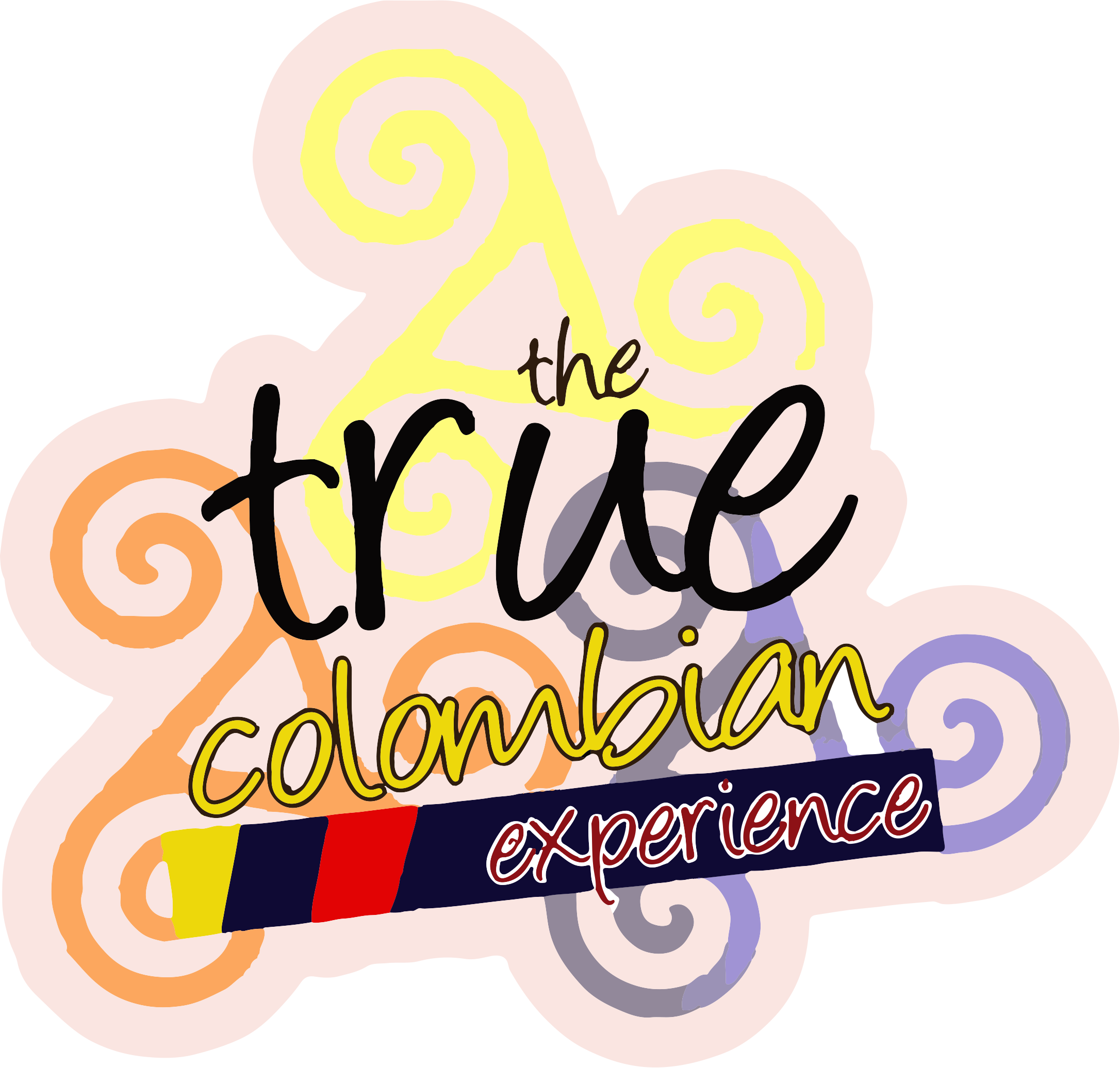I wanted to walk, to see Bogotá, the real Bogotá; not that superficial photograph that is sold in the tourist magazines; but now the guide came to tell me that we were going to the door of the cathedral; I am not really very religious, I told her and she smiled. We were walking down the street right in front of the Botero museum; I had visited it yesterday and it was magnificent; there were many people selling things on the street. Yaqueline, the guide, seemed to know everyone. We arrived at a block full of restaurants; all the vendors offered their places to the tourists; but no one offered anything to our group, because they already knew the guide and I liked that. I could already see the old cathedral on the corner. I guess Colombians are very religious and that is why we were going there, I said to myself; when suddenly the guide said to us:
—We have arrived, my people.
I was about to say:
—the cathedral is on the corner, Yaqueline.
But before we could say anything, she invited us in. It was a tall wooden door that led to a hallway whose end was interrupted by a glass door, on which the name of the restaurant La Puerta de la Catedral was written. Now I could understand that Yaqueline was not referring to the church but to this restaurant. I began to look at everything and realized that when we entered we were no longer in present-day Bogotá, but that we had traveled to the time of seventeen hundred; the house was imposing, with a main room where the kitchen was also located; everything moved harmoniously; the waiters carried trays loaded with avocados and other colorful foods up a staircase that evoked princess castles and fairy tales… The guide invited us to follow her to the second floor, where the place surprised us even more; Yaqueline told us that the house was a living memory of the republican era of Colombia, just after the Spanish colony; A sample of the country’s history that was well-kept thanks to the Colombian family that owned the restaurant and that had focused on keeping history and traditions alive through their gastronomy. We met Aura, the family’s matron, one of the creators of that magical place, who told us secrets of the house; like that at some time in the mansion the first classes were given to clandestinely educate the women of the Republic of Colombia, when it was forbidden for women to study; or the different meetings that were forged in the old colonial era in support of the revolution; also the time when it was used as a meeting place for the first congress of the Republic; An endless number of events that had taken place there. The magic of Bogotá before and always was felt without a doubt. It was seen in the republican arches that supported it and in the French-style decorations of its roof, which was nothing more than a corner where memory was kept alive and where the present and future of the city was cared for. They invited us to sit at a long rectangular table, where we were placed one by one along the table, while the guide stood on the shorter side of the table.
“Guys, at this stop on our Colombian Cuisine Exploration, we are going to try ajiaco,” Yaqui told us.
Yaqui began to move her hands to the rhythm of the Colombian music that was playing in the background, and as she said something like:
“Ajiaco is the signature dish of Bogotá and as the capital it represents the country very well as it is a soup;
The dishes were landing on the table; the director was Yaqueline, we were the orchestra and the instruments, the avocado, the corn, the rice, the capers and the cream; in a black clay pot the very thick soup with potato and chicken was served.
“Please put the ingredients one by one. —the guide commented—
A spoonful of soup, first with some capers and you can taste the flavor, then another spoonful with soup and rice; the third with soup and avocado and finally mixing the soup with the cream, it’s like a different dish. And this was an explosion of flavors; every time I tried a spoonful with a different mixture my head experienced a unique taste; one I had never tried before. When we finished, Yaqueline invited us to stop and go back to the hostel The Cranky Croc where we would finish our Candelaria walking Expedition; I was flying with excitement, because I felt that at La Puerta de la Catedral, I could find what I had come to Colombia to look for, the real Bogotá. Without a doubt, one of the most significant stops on our Bogotá City Wanderings. We thanked her with a round of applause and left.
By Fredy Calderon






